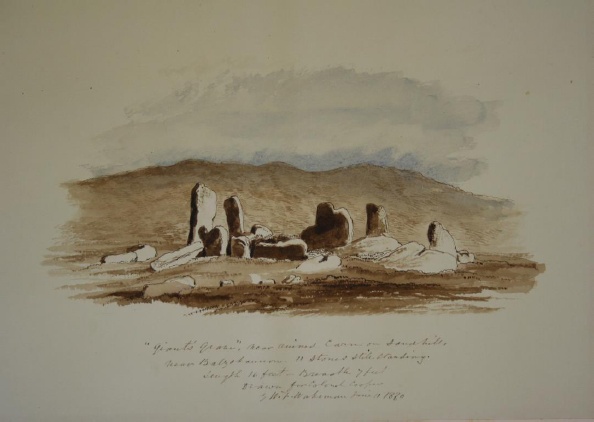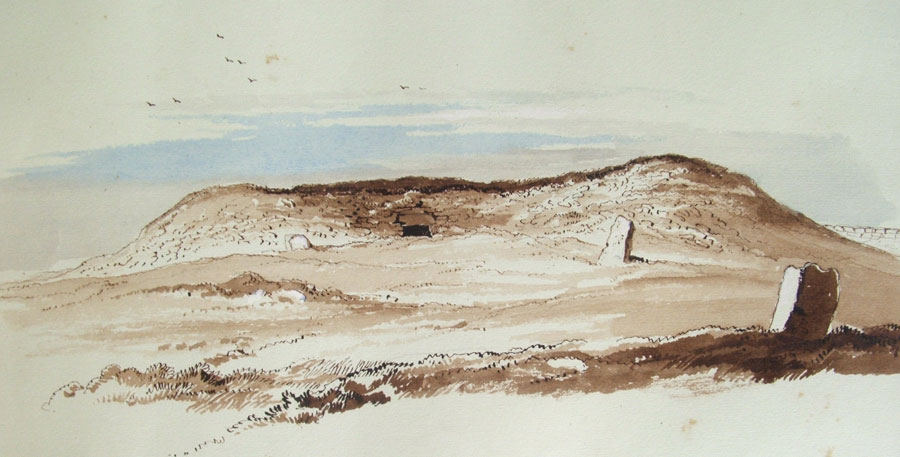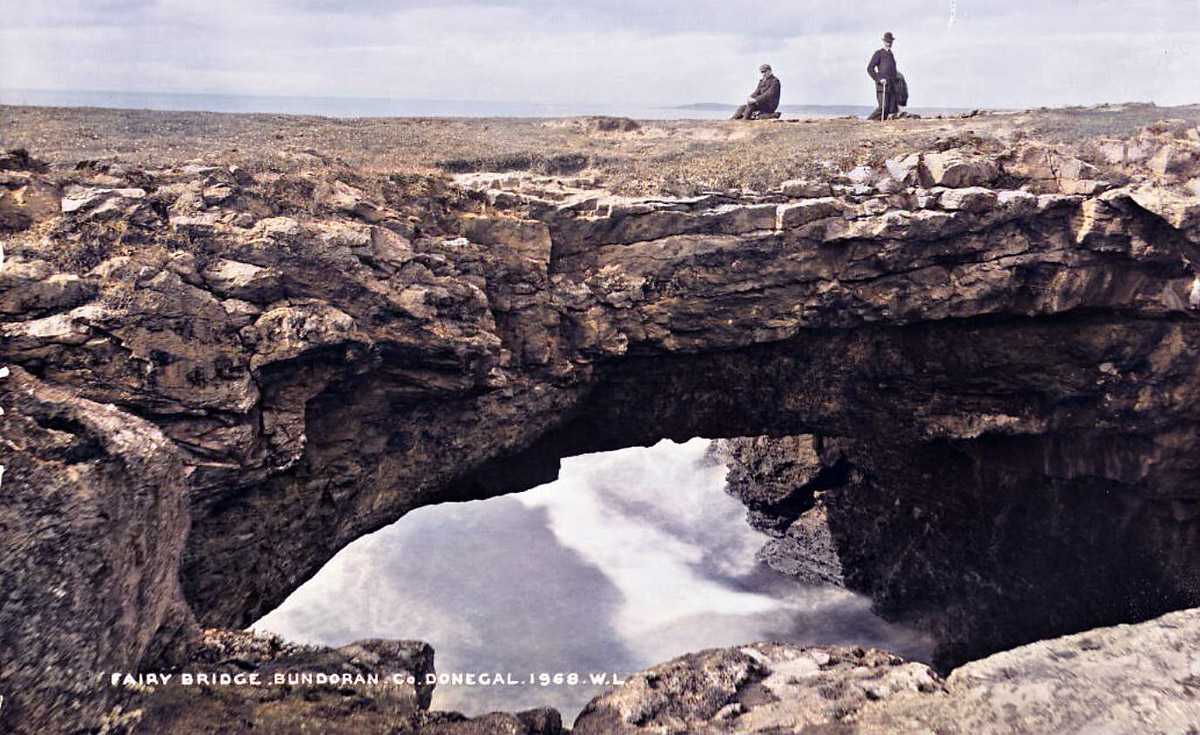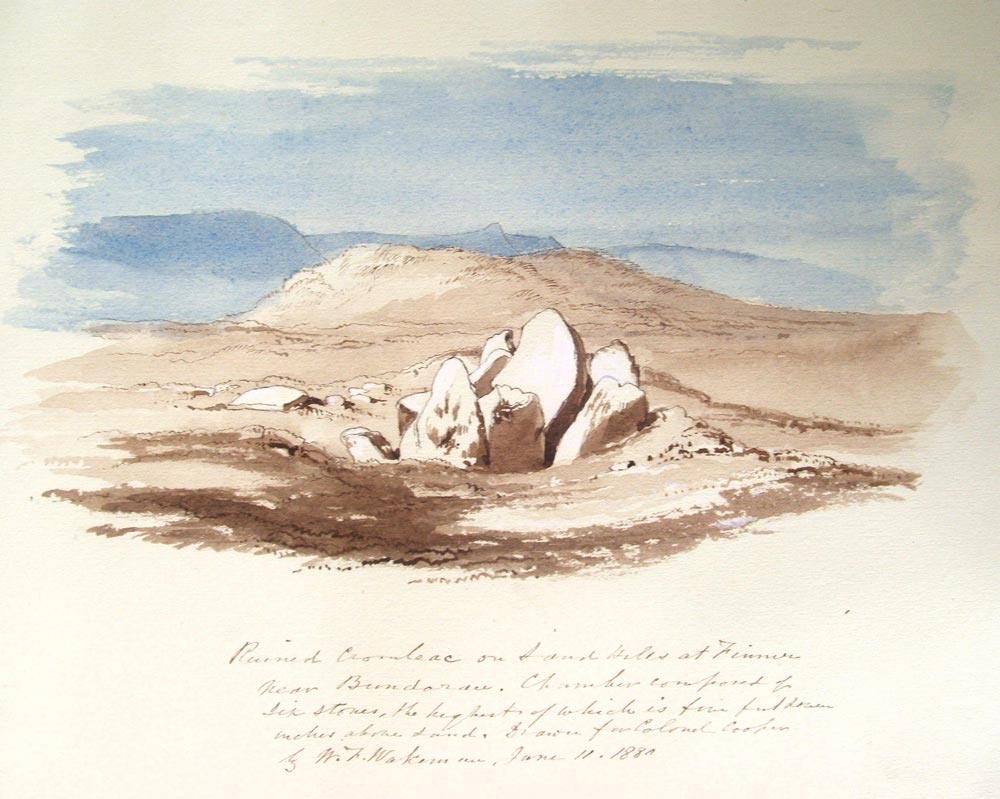The lost monuments at Finner.
During his time researching and painting ancient monuments in Sligo, William Wakeman illustrated an interesting complex of megalithic remains at Finner. The monuments are located on the army camp firing range at Finner, so it is not possible to visit them. However, Kevin Mc Donald, while stationed in Finner, wrote a paper on the lost monuments, which can be accessed online.

The monuments, first noted by antiquarians in the 1870's, were well known to local people, and one was known as Muldoon's Grave. The landowner, Col. Ffolliott sold the land to the War Department, and the monuments were dismantled for building materials, much to the disgust of the locals.
It may be news to some that close to our camping ground is an old Irish Cairn, in which it is supposed many of the chiefs of Ulster were preserved and owing to the exertions of the Royal Society of Ireland, was preserved during the levelling of the Camp. Close beside this is a large square set, surrounded by high stones, which is pointed out by the inhabitants as the grave of the famous Irish Giant Fin Macoul, but whether this be true or not a great deal of attraction is centred in it.
L.J. Emerson, 1898.
Eamon Cody's report from the Megalithic Survey of Ireland is reproduced below.




